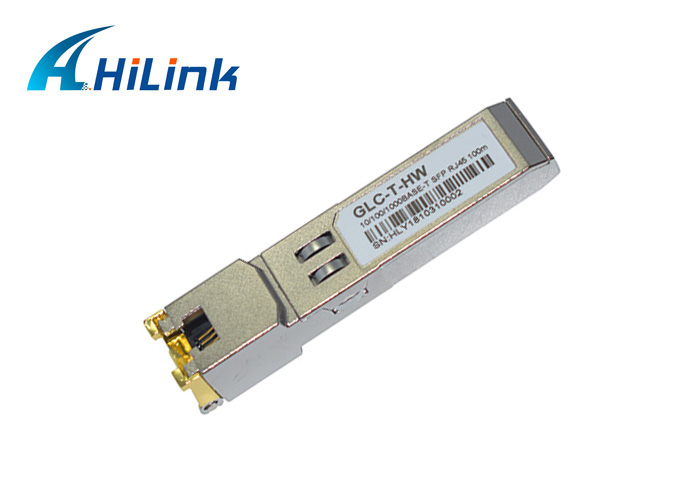Principle and Application Range of Optical Transceiver
Jan. 18, 2023
The optical transceiver is the transmission equipment in the optical communication system, mainly for photoelectric conversion and transmission functions. Optical transceivers are generally used in pairs, consisting of a transmitter and a receiver. The transmitting end processes the analog signal at the user end through amplification, A/D conversion, multiplexing, etc., and finally converts the electrical signal into an optical signal that can be transmitted through the optical fiber through the electrical/optical conversion, and then transmits the optical fiber to the receiving end. At the receiving end, the opposite process is performed.
First, the received optical signal is restored to an electrical signal through optical/electrical conversion, the electrical signal is demultiplexed, and then sent to the client through D/A and amplifying and filtering. The principle of different types of optical transceivers is like this. The often-speaking optical transceiver refers to the optical transceiver used in the monitoring system to transmit integrated information such as video, data, Ethernet, and audio. Mainly divided into the analog optical transceiver and digital optical transceiver. Based on the difference of the transmission medium, there are single-mode optical transceivers and multi-mode optical transceivers.

The digital optical transceiver digitizes the image, voice, and data signals to be transmitted, and then multiplexes these digital signals to convert multiple low-speed digital signals into a high-speed signal, and convert this signal into an optical signal. At the receiving end, the optical signals are restored to electrical signals, and the restored high-speed signals are decomposed into the original multiple low-speed signals, and finally, these data signals are restored into image, voice, and data signals. The analog optical transceiver is to modulate the amplitude or frequency of the signal to be transmitted and then convert the modulated electrical signal into an optical signal. At the receiving end, the optical signal is restored to an electrical signal, and then the signal is demodulated to restore the image, voice, or data signal.
Digital optical transceivers have high signal quality, without the shortcomings of severe intermodulation interference during simultaneous transmission of analog FM, phase modulation, and amplitude modulation optical transceivers, easy to be affected by the environment, poor transmission quality, and poor long-term stability. Therefore, digital optical transceivers will gradually Replace the analog optical transceiver.
In the multi-purpose and monitoring system of the optical transceiver, when the transmission distance of the coaxial cable is not enough, the optical fiber transmission can be adopted. Optical transceivers can not only transmit video signals but also audio signals, that is, live video and audio are transmitted to the control center together. The most common example of using optical transceivers is the monitoring of intersections. Generally, these cameras are several kilometers away from the control center. When the distance can't be reached with copper cable + amplifier, use optical fiber cable for an optical transceiver.
In highways, transportation, electronic police, surveillance, security, industrial automation, power, customs, water conservancy, banking, and other fields, optical transceivers such as video images, audio, data, and Ethernet have begun to be widely used.











